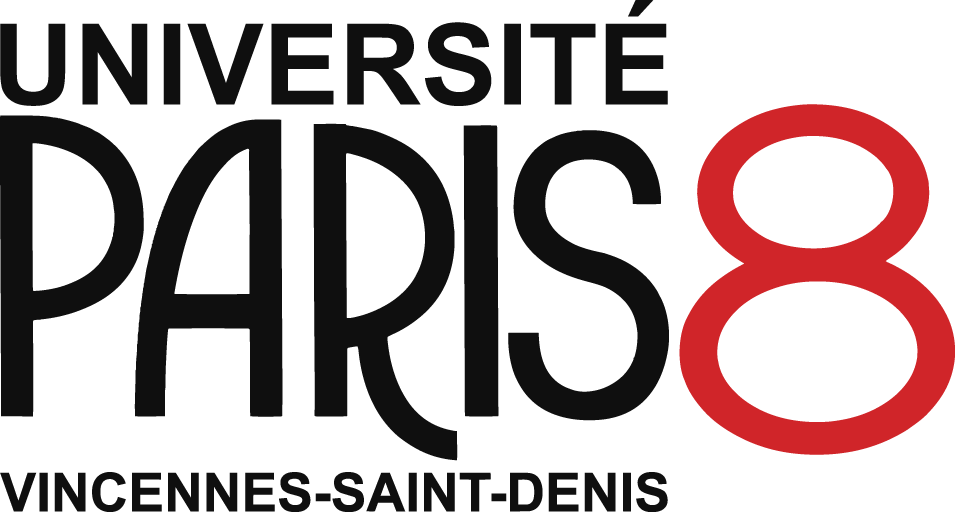Artistic places of civil initative
Lieux artistiques d'initiative civile
Résumé
From the 1990s, a multiplicity of project spaces with a strong artistic dimension have developed in France, initiated by civil society actors and pursuing non profit primary goals. Their essential role - although still insufficiently recognized in terms of cultural development - calls for a more precise identification of what they are. After an initial general study carried out in 2022 on some two hundred of these places, this research aims to highlight the specific mode of entrepreneurial arrangement that is emerging, beyond the irreducible singularity of each of them.
The corpus of this work is made up of eight associative cases, half of which are located in rural areas and the other half in urban contexts. The study explores four major components of their entrepreneurial arrangement : the primacy of the overall project, in which the artistic dimension is strongly structuring and which involves constant attention to the territory in which they are located, to the people who live there and to the organizations that operate there ; the plurality of activities and projects, both simultaneous and successive, the coordination of which must constantly be reinvented ; the decision-making dynamics and the governance partly distributed among several instances, mobilizing voluntary and employee actors ; a multi-faceted and plural economic model, whose structural precariousness constantly endangers the objective of sustainability and development of the overall project.
Ultimately, what emerges for each place is an operating mode in the form of a singular entrepreneurial community and an activist participation in an economic development pattern relating to both social and solidarity economy and the contemporary resurgence of the commons.
À partir des années 1990, s'est développée en France une multiplicité d'espaces-projets à forte dimension artistique, initiés par des acteurs de la société civile et poursuivant des buts premiers autres que lucratifs. Leur place essentielle – quoique encore insuffisamment reconnue au titre du développement culturel – appelle à une identification plus précise de ce qu'ils sont. Après une première étude générale réalisée en 2022 sur quelque deux cents de ces lieux, la présente vise à mettre en lumière le mode spécifique d'agencement entrepreneurial qui se dessine, au-delà de la singularité irréductible de chacun d'entre eux.
Le corpus de travail est constitué de huit cas associatifs, situés pour moitié en environnement rural et pour l'autre en contexte urbain. L'étude explore quatre grandes composantes de leur agencement entrepreneurial : la primauté du projet global, dans lequel la dimension artistique est fortement structurante et qui comporte une attention constante au territoire d'implantation, aux personnes qui y vivent et aux organisations qui y agissent ; la pluralité tant simultanée que successive d'activités et de projets, dont la coordination est sans cesse à réinventer ; la dynamique décisionnelle et la gouvernance pour partie distribuées entre plusieurs instances, mobilisant acteurs bénévoles et salariés ; le modèle économique pluriel et à plusieurs versants, dont la précarité structurelle compromet l'objectif de pérennisation et de développement du projet global.
Au final, il en ressort pour chaque lieu un mode de fonctionnement sous forme de communauté entreprenante singulière et une participation militante à un mode de développement économique relevant aussi bien de l'économie sociale et solidaire que de la résurgence contemporaine des communs.
| Origine | Fichiers éditeurs autorisés sur une archive ouverte |
|---|---|
| licence |






